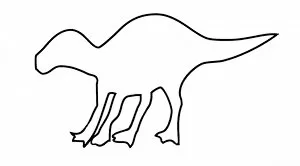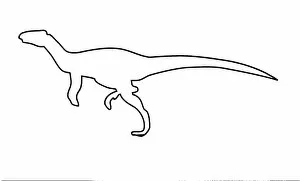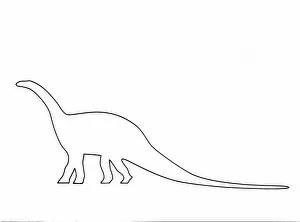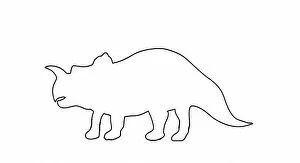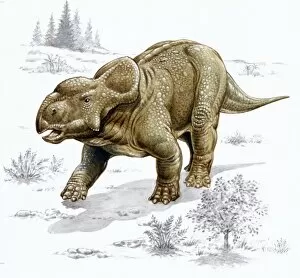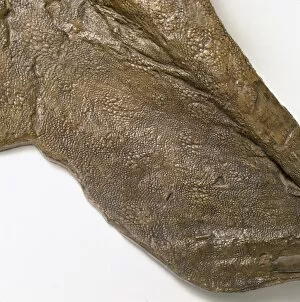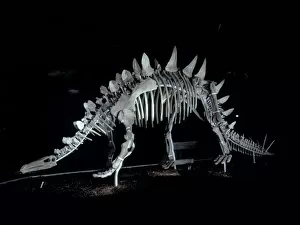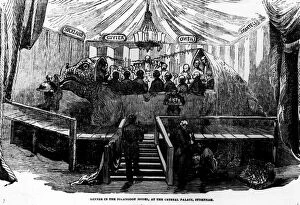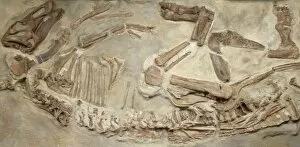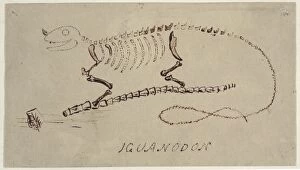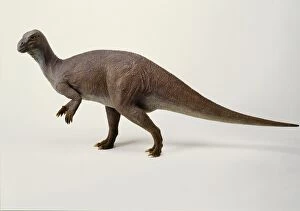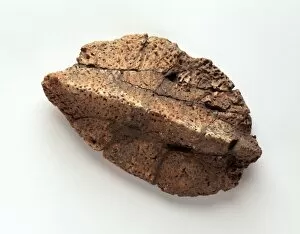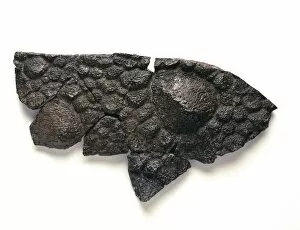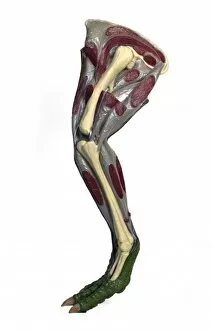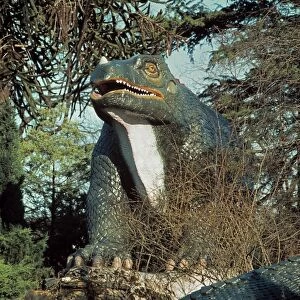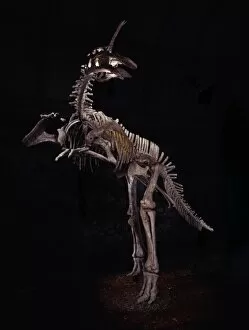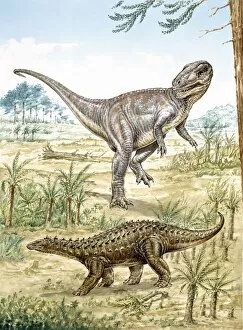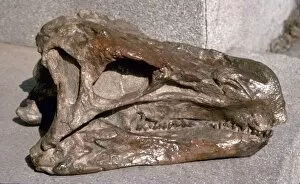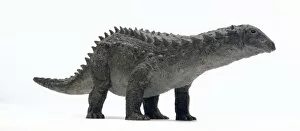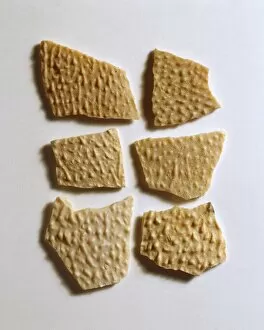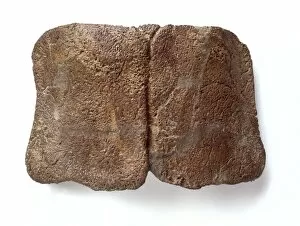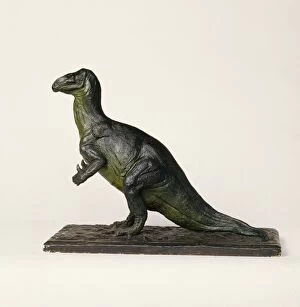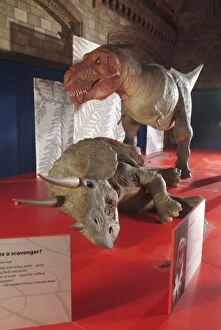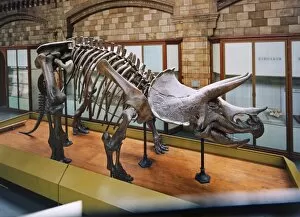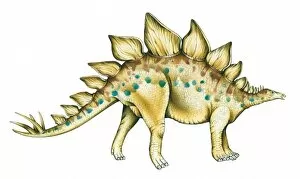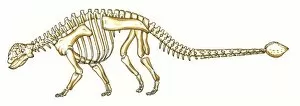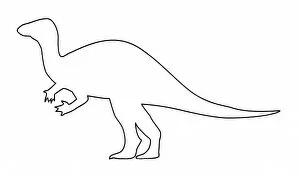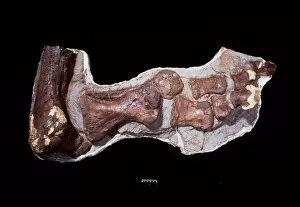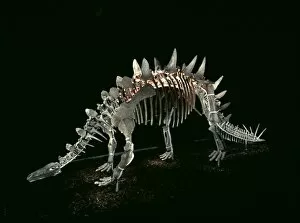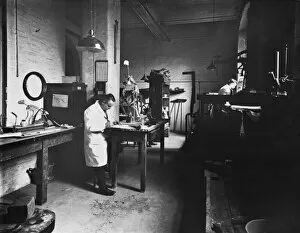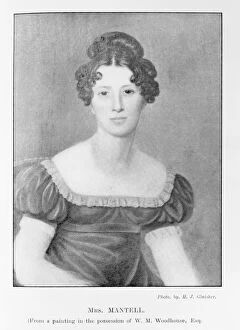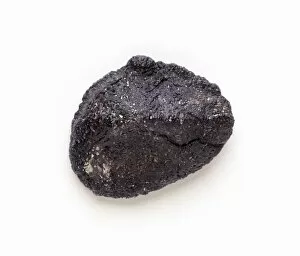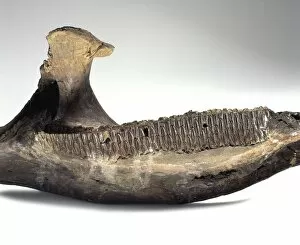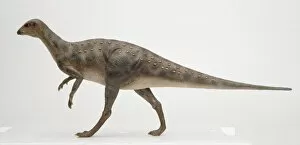Genasauria Collection (#3)
Step back in time and explore the fascinating world of Genasauria
For sale as Licensed Images
Choose your image, Select your licence and Download the media
Step back in time and explore the fascinating world of Genasauria. 🦕🌿 This captivating caption takes you on a journey through the prehistoric era, where majestic creatures like Triceratops roamed alongside Iguanodon and Hylaeosaurus. 🌍 Discover the secrets hidden within The Wealden, as restorations at Crystal Palace Park bring these ancient beings to life once again. Marvel at the incredible Polacanthus and be awestruck by the beauty of Corythosaurus and Parasaurolophus skeletons. 🦖 Immerse yourself in restorations showcasing secondary period animals like Acanthopholis, transporting you to a time long gone but not forgotten. Don't miss out on witnessing the magnificence of Triceratop dinosaur skeleton C016/5928, an awe-inspiring sight that will leave you breathless. 🐾✨ As you delve deeper into this mesmerizing realm, encounter Tupus diluculum and Bolsover dragonfly, reminding us of the diverse ecosystem that once thrived alongside dinosaurs. Finally, meet Heterodontosaurus and Protoceratops – two extraordinary species that continue to captivate scientists with their unique characteristics. Join us on this unforgettable adventure through Genasauria's rich history.

